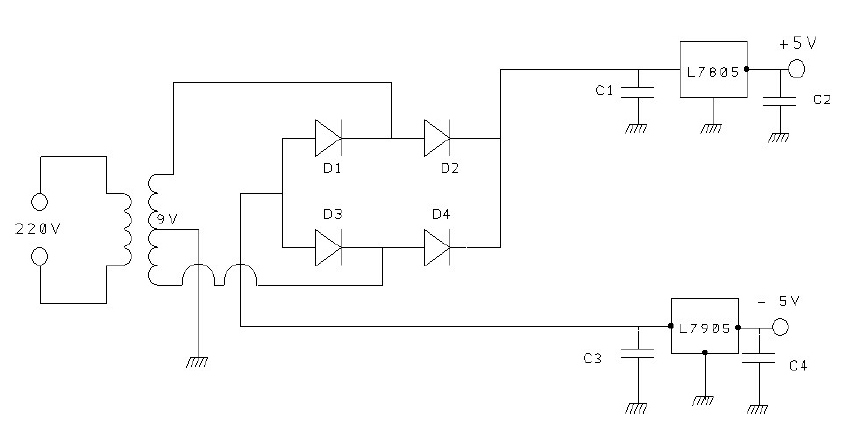Low Voltage BLE Beacon Power Supply

Low voltage BLE (Bluetooth Low Energy) beacons are widely used in IoT projects, smart homes, and proximity-based applications. However, ensuring a stable power supply is crucial, especially when using coin cell batteries or low-power sources. A fluctuating or weak power supply can shorten the beacon’s range and affect its reliability.
The Problem :
BLE beacons typically operate at 1.8V to 3.6V. If the voltage drops below this range, the beacon may reset or lose connectivity. This happens when the power source, like a CR2032 coin cell, struggles to maintain voltage under load.
The Solution :
To ensure stable power, add a low dropout regulator (LDO) or a boost converter to maintain consistent voltage. For example, an AMS1117-3.3V LDO can regulate 5V from a USB source to a steady 3.3V for your beacon.
Practical Example :
Consider a BLE beacon powered by a 3.3V coin cell. If the battery voltage drops to 2.8V, the beacon may stop working. Adding a boost converter like the MT3608 module steps up the voltage to 3.3V, ensuring consistent power.
Sample Calculation :
To size a resistor for an LED in parallel with the beacon:
Required voltage: 3.3V
LED forward voltage: 2V
Desired current: 20mA
R=0.02A(3.3V−2V)=65Ω
Recommended Products :
[AMS1117-3.3V]
[MT3608 Boost Converter]
Shop now at SmartXProKits.in and support India’s innovation — buy from our Make in India site!




















